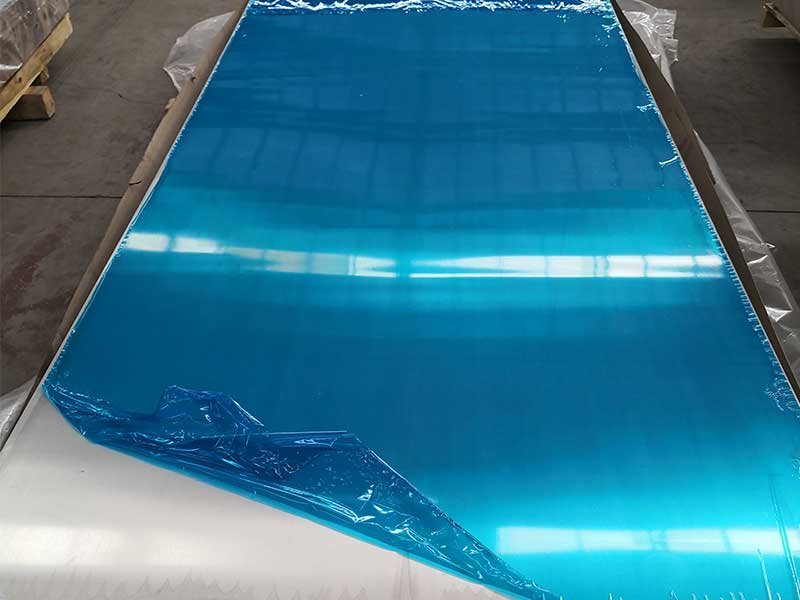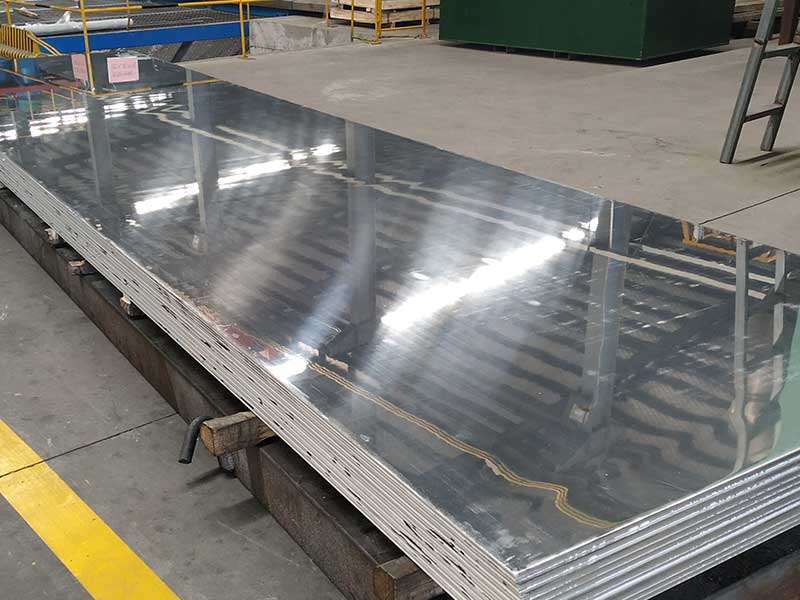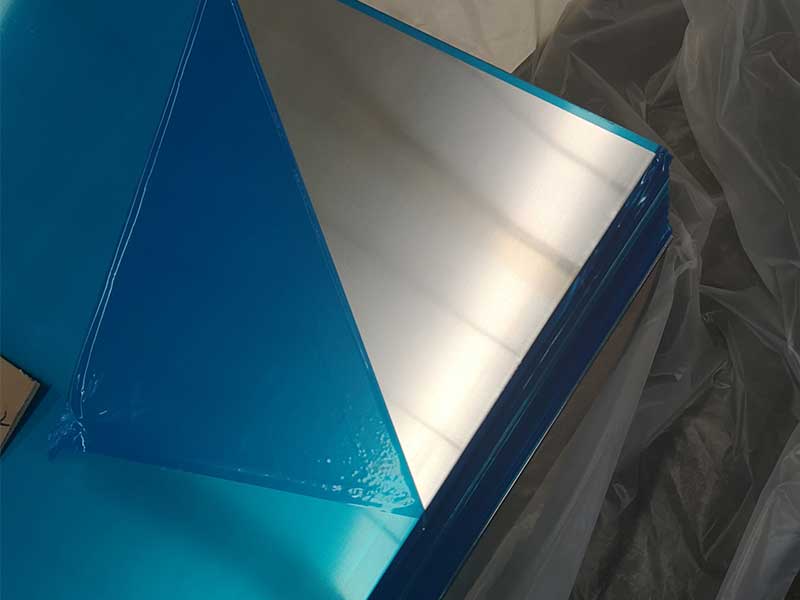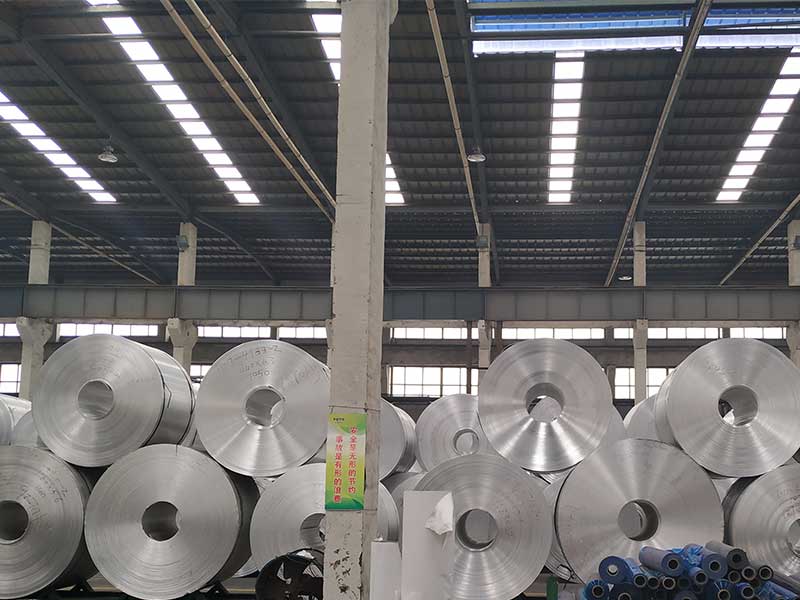When choosing an aluminum sheet for your next application, understanding the differences between various alloys is crucial. Among the most popular choices in the industry are 3003 and 5052 aluminum, both renowned for their excellent properties. This article will explore the features, advantages, and applications of each alloy, helping you make an informed decision for your specific needs.
All aluminum alloys are categorized into two primary groups: wrought and cast. 3003 and 5052 belong to the wrought category and are primarily manufactured through rolling or extrusion. The uniqueness of each alloy lies in its specific composition, which influences its mechanical properties, corrosion resistance, and suitability for different applications.
3003 aluminum is a non-heat-treatable alloy primarily composed of manganese (approx. 1.2% to 1.5%) as its main alloying element, coupled with aluminum (approximately 97% to 99%). The presence of manganese not only enhances corrosion resistance but also improves its workability. Key characteristics of 3003 aluminum include:
- Good Formability: 3003 is renowned for its excellent workability, making it easy to fabricate and manipulate into different shapes.
- Moderate Strength: While not as strong as some other alloys, its strength-to-weight ratio offers adequate performance for many applications.
- Corrosion Resistance: This alloy boasts exceptional resistance to corrosion, making it an ideal choice for humid environments.
5052 aluminum alloy contains magnesium (approximately 2.2% to 2.8%) as its primary alloying element, which drastically alters its mechanical properties. With approximately 97.25% to 99% pure aluminum, 5052 aluminum boasts the following traits:
- Higher Strength: One of the strongest non-heat-treatable aluminum alloys, 5052 displays superior strength compared to 3003, making it suitable for more demanding applications.
- Good Fatigue Resistance: The alloy offers remarkable endurance, continuing to perform under cyclical stresses.
- Excellent Corrosion Resistance: Like 3003, 5052 has outstanding corrosion resistance, particularly against saltwater environments.
-
Strength: 5052 aluminum provides higher strength and superior load-bearing capacity compared to 3003. If your project requires heavy-duty applications, 5052 can easily withstand the strain.
-
Formability: Although both alloys exhibit good workability, 3003 aluminum is more malleable than 5052, making it a better choice for highly intricate shapes that require complex bending and forming.
-
Cost: Generally, 3003 is more cost-effective than 5052 due to its simpler manufacturing process. If budget constraints are your primary concern, 3003 may be the suitable option unless higher strength is required.
-
Applications:
- 3003 Aluminum: Commonly used in manufacturing cooking utensils, chemical equipment, storage tanks, and decorative applications due to its good formability and corrosion resistance.
- 5052 Aluminum: Ideal for marine environments, automotive fuel tanks, pressure vessels, and various applications that necessitate high strength.












